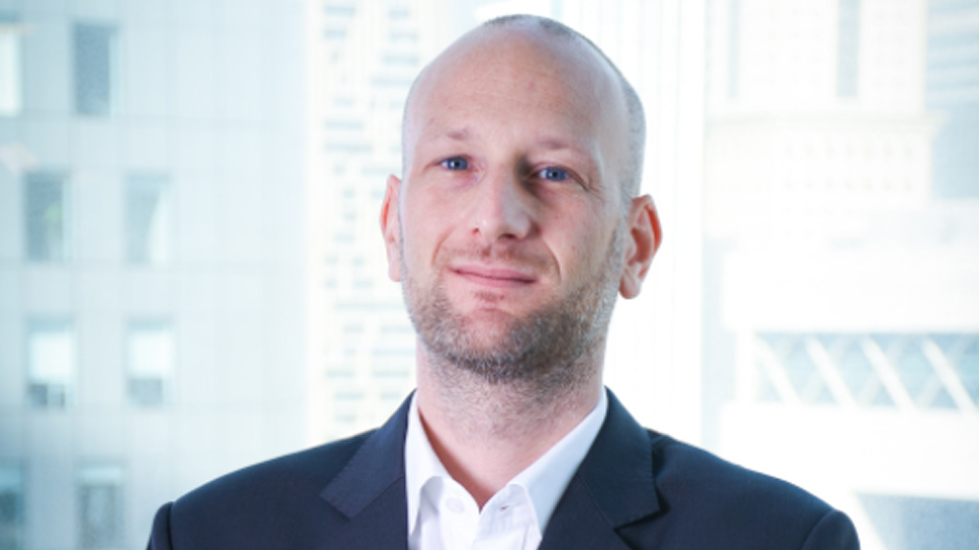Making digital transformation happen is not about a big-bang approach, asserts Rob Van Dale, Partner at Communications, Media, and Technology at Kearney Middle East
According to International Data Corporation, investments in digital transformation and innovation by the government and the private sector in the Middle East, Turkey, and Africa are expected to account for 30% of all spending in the region by 2024, up from 18% in 2018, with that momentum set to crank up a gear on the back of Covid-19
Yet despite this rising investment, getting digital transformation right is no easy task: it’s a steep learning curve where only around 30% of global projects deliver a positive financial impact.This is a challenge faced by private and public sector organisations, and at national levels. There are four main challenges holding back progress: limited organisational buy-in, gaps between ideas and execution, failure to scale, and minimal commercial impact.
Our experience shows us that making digital transformation happen is not about a big-bang approach. It’s about an approach that prioritises execution over ideas and is practical, iterative, scalable, and driven by hard financial benefits. And four key enabling functions, IT, procurement, finance, and HR, have the power to act as the catalysts for accelerating that journey toward digital transformation.
Unlocking digital transformation
That’s where our proven digital control tower methodology, our practical approach to embracing digital, overcoming roadblocks, orchestrating within organisations, and laying solid foundations for delivering financially driven, tangible digital outcomes, comes in.
Digital control tower delivers systematic change by tackling the traditional hard blocks of procurement, financing, resourcing, IT, and data and soft blocks of capabilities, culture, workspaces, and governance that hold back digital transformation.
Dismantling hard blocks, the digital way
Overcoming hard blocks requires a coordinated effort that spans the five areas of procurement, finance, HR, IT, and data:
- A two-speed procurement process to rapidly source, assess, onboard, and scale up digital partners. This means setting up a process that runs parallel to traditional procurement to support partnerships with start-ups and other digital vendors. This process compresses procurement timelines by factoring in direct vendor participation in the digital factory, a blanket waiver of approval, and simplified service agreements with predefined terms and conditions.
- Venture capital-style stage-gate funding for a flexible, lower-risk budget allocation.
Part centrally led and part business-unit-led, this approach effectively replaces cumbersome business-case definitions that come with upfront, inflexible budget allocation at the beginning of the year. Instead, it enables the budget to be allocated incrementally and linked to the success of each MVP sprint, which is evaluated every 12 to 14 weeks. - A centralised model to recruit digital specialists. Digital control tower helps overcome recruitment and resource challenges in digital programmes by attracting and retaining internal talent, and hiring specialised external candidates like UI/UX designers, design-thinking consultants, and agile coaches. This empowers organisations to optimise the way they deploy resources across a portfolio of digital initiatives, as well as to effectively manage cross-functional resources.
- A two-speed IT approach to rapidly implement digital solutions alongside more complex architectural changes. This is achieved by creating digital building blocks for MVPs including secure cloud enablement, agile DevOps environments, sandboxed development environments, and clear data governance, a smart, parallel IT ecosystem that’s fully equipped to run digital factories and MVP sprints.




